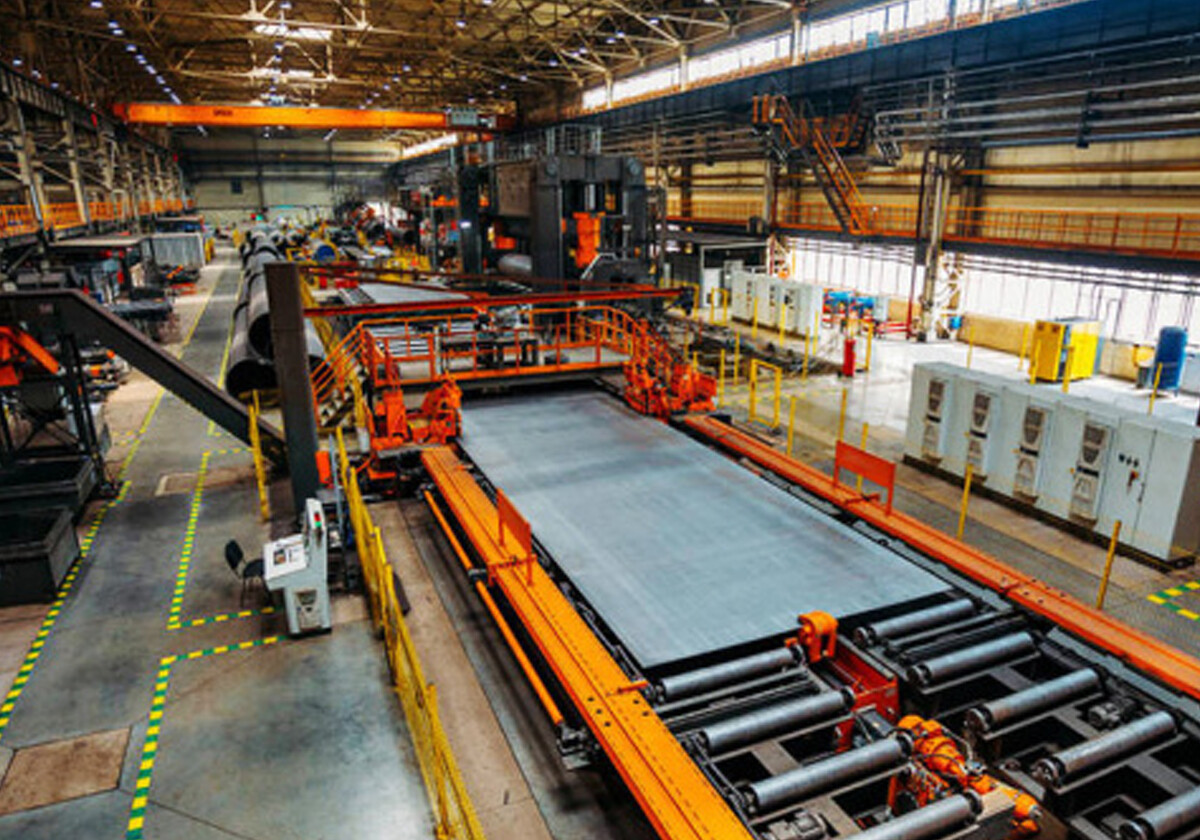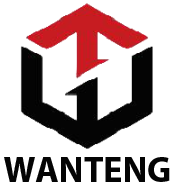Welcome to our company!

Carbon steel is a kind of steel with a carbon content between 0.02% and 2% (more than 2% is called cast iron, and less than 0.02% is called wrought iron), and very few other elements. It is also the metal material with the highest output, and the steel with relatively high other components (excluding impurities) is called alloy steel
It is usually used on metal parts that require strength, hardness and wear resistance, such as cutting tools, steel cables, piano wires, springs and knives. After machining and forming, the parts usually need to be processed and tempered. The higher the carbon content of steel, the higher its hardness, strength and wear resistance after heat treatment. Carbon steel is divided into high-carbon steel, medium-carbon steel and low-carbon steel, and each of the three types of carbon steel is divided into two types; according to characteristics, high-carbon steel is hard and brittle, and low-carbon steel is soft and ductile.
Q195 carbon steel plate
Q195 is a carbon structural steel. Yield strength 195MPA. Lower intensity than Q235. Used in construction, structures, motorcycle frames, etc. The US ASTM grade is Gr.B (σs185). σs185 means the yield strength is 185MPa.
Elongation (δ5/%): ≥33 (steel thickness or diameter≦16mm), ≥32 (steel thickness or diameter>16-40mm) [main features]
It has high plasticity, toughness and welding performance, good pressure processing performance, but low strength.
Heat treatment specification and metallographic structure: Heat treatment specification: hot rolling.
Metallographic structure: ferrite + pearlite.
Delivery status: generally delivered in hot rolling (including controlled rolling) status. According to the requirements of the buyer, it can also be delivered in the state of normalizing after the agreement of both parties.
The difference between Q195 carbon steel plate and other plates
Carbon structural steel is the most widely used and the largest quantity of steel. It is often rolled into steel, profiles and profiles. It is generally used directly without heat treatment. It is mainly used for general structures and engineering.
Q195, Q215, Q235, Q255 and Q275 represent the grades of the steel respectively, and the grades of the steel are composed of the letter (Q) representing the yield point, the value of the yield point, the quality and quality symbols (A, B, C, D), the symbol of the deoxidation method, etc. The four parts are composed sequentially. In terms of chemical composition, the above points, low carbon steel grades Q195, Q215, Q235, Q255 and Q275 are large, carbon content, carbon content
The higher the amount of manganese, the more stable its plasticity. In terms of mechanical properties, the above grades indicate the yield point of steel with a thickness of ≤16mm. Its tensile strength is: 315-430, 335-450, 375-500, 410-550, 490-630 (obN/mm2); its elongation is: 33, 31, 26, 24, 20 (0.5%). Therefore, when introducing steel to customers, remind customers to choose steel of different materials according to the required product materials, so as not to affect product quality.
Use
Used in the manufacture of anchor bolts, plowshares, chimneys, roof panels, rivets, low carbon steel wires, sheets, welded pipes, pull rods, hooks, brackets, welded structures, etc. The steel number Q195 of the Chinese national standard means "yield strength σs=195MPa", which is the experimental value measured by a 16mm steel rod. If the diameter is 16~40mm steel, the yield limit is 185MPa, which is named by American ASTM
Features
Q195 has high plasticity, toughness and welding performance, good pressure processing performance, but low strength. It is used to manufacture anchor bolts, ploughshares, chimneys, roof panels, rivets, low carbon steel wires, thin plates, welded pipes, tie rods, hooks, Bracket, welded structure Q215Q235 has good plasticity, toughness, welding performance, cold stamping performance, certain strength, good cold bending performance, and is widely used in parts and welded structures with general requirements. Such as pull rods, connecting rods, pins, shafts, screws, nuts, ferrules, brackets, machine bases, building structures, bridges, etc.sulfate, nitric acid, nitric acid-hydrofluoric acid, sulfuric acid-copper sulfate, phosphoric acid, formic acid, acetic acid, etc.
Widely used in: chemical industry, food, medicine, papermaking, petroleum, atomic energy, construction, kitchen utensils, tableware, vehicles, household appliances, etc.
Leave A Message
If you are interested in our products and want to know more details, please leave a message here, we will reply you as soon as we can.
